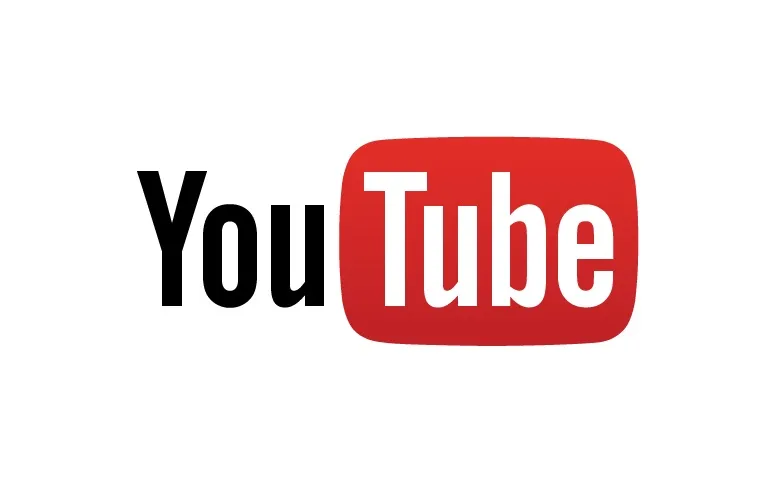The YouTube advertiser boycott is growing.
On Friday, PepsiCo, Wal-Mart Stores and Starbucks all announced that they would suspend their YouTube advertising until the company addressed their concerns about ads appearing alongside homophobic and racist videos. AT&T, Verizon, and the UK government had pulled their ads earlier this month, after it was revealed that white supremacists, Holocaust deniers, and other hateful content creators were generating revenue from many brand’s ads.
Deciphering and categorizing YouTube content is admittedly a Herculean task. As Ronan Harris, the managing director for Google U.K., said in a blog post on the issue: “Just last year, we removed nearly 2 billion bad ads from our systems, removed over 100,000 publishers from our AdSense program, and prevented ads from serving on over 300 million YouTube videos.” With so much content, compounded by the complexity of cataloging video as a medium, it would be unfair to expect YouTube to have a perfect system.
However, this oversight is particularly glaring given YouTube’s recent LGBTQIA snafu and previous ad policies. A wide variety of LGBTQIA content, including all-ages programming, was recently categorized as “mature” and therefore unavailable when viewing the site in “Restricted Mode.” YouTube was rightly blasted for the move, which treats the very existence of LGBTQIA people as something lewd and unsuitable for children. WTF.
Back in September, YouTube was also criticized for pulling ad revenue from videos about issues like depression or acne. These videos were deemed “controversial” and therefore insufficiently “ad-friendly,” but now we discover that David Duke’s screeds got enough of a pass to feature ads for the UK Royal Navy. What sort of system are they using?
Algorithms are not neutral. They inherit the inherent biases of their creators, and YouTube seems to be struggling against those of its employees. YouTube is a subsidiary of Google, a company whose technical staff is 81% male and 57% white. It is perhaps unsurprising that the terminology of racism and sexism wasn’t as well-documented by this workforce, and videos featuring that language therefore slipped through and received ad revenue. Still, it’s on YouTube to foresee and combat these problems. Engineers can’t be expected to be perfect, but a major company can be expected to double-check those engineers’ work.
In a Tuesday blog post from Philipp Schindler, Google’s chief business officer, the company promised to address advertisers’ concerns with a “tougher stance” on hateful content.
“We know advertisers don’t want their ads next to content that doesn’t align with their values. So starting today, we’re taking a tougher stance on hateful, offensive and derogatory content. This includes removing ads more effectively from content that is attacking or harassing people based on their race, religion, gender or similar categories. This change will enable us to take action, where appropriate, on a larger set of ads and sites.”
YouTube’s concrete steps include: changing the default settings for ads to “meet[] a higher level of brand safety and exclude[] potentially objectionable content,” making it easier for advertisers to exclude specific channels from their ad buy, and adding more advanced controls so that brands can “fine-tune” their advertising.
It’s not yet clear how wide-reaching these changes will be, or whether YouTube will accidentally block other, not-racist content in its sweep. The wider the ad restrictions, the likelier it is that content which is not morally objectionable will get picked up by those restrictions. And while depriving a channel of ad revenue is a far cry from “censorship” (you do not have a legal right to make money on someone else’s video-upload site), YouTube’s greatest asset is its unconventional, honest community of creators. It would be a real loss to make their careers less viable by getting too ham-fisted in appeasing the advertisers. With all the resources at their disposal, I hope YouTube can finally calibrate this one correctly, defunding the racists without robbing the rest of their creators.
(Via The Hollywood Reporter; image via YouTube)
Want more stories like this? Become a subscriber and support the site!
—The Mary Sue has a strict comment policy that forbids, but is not limited to, personal insults toward anyone, hate speech, and trolling.—
Follow The Mary Sue on Twitter, Facebook, Tumblr, Pinterest, & Google+.








Published: Mar 25, 2017 05:00 pm